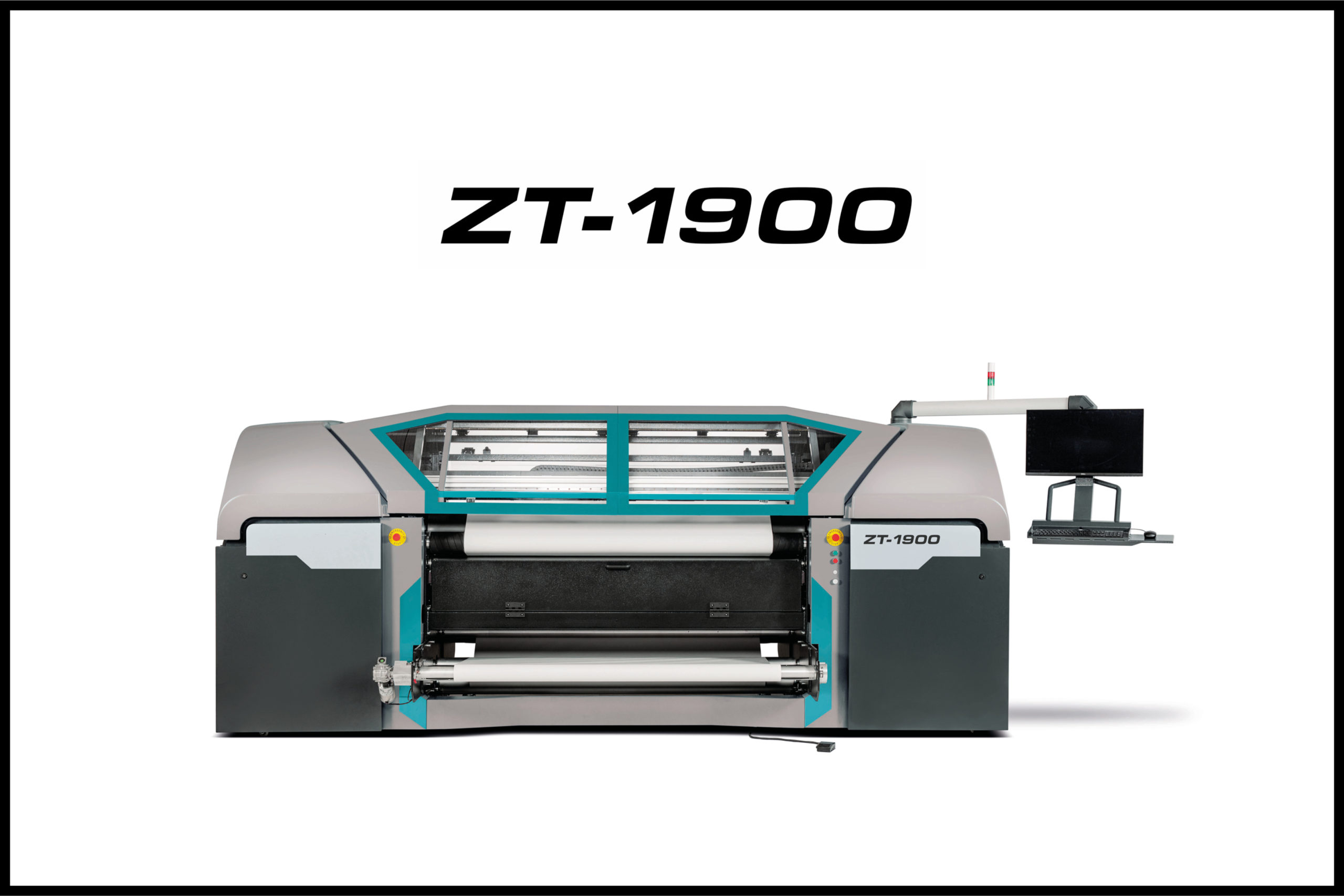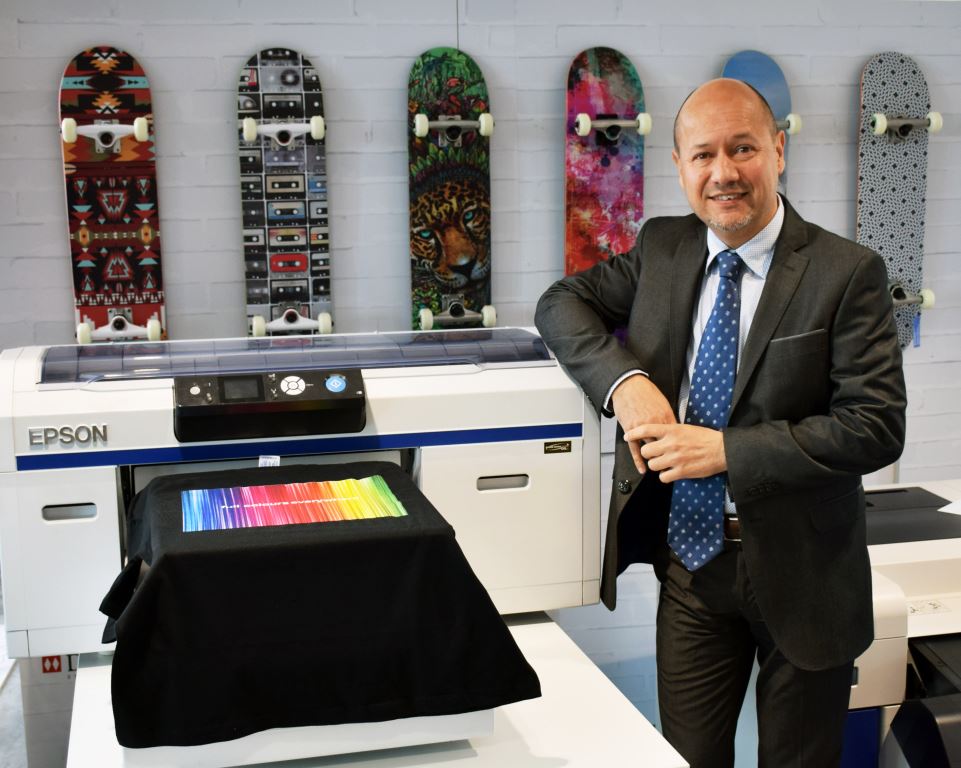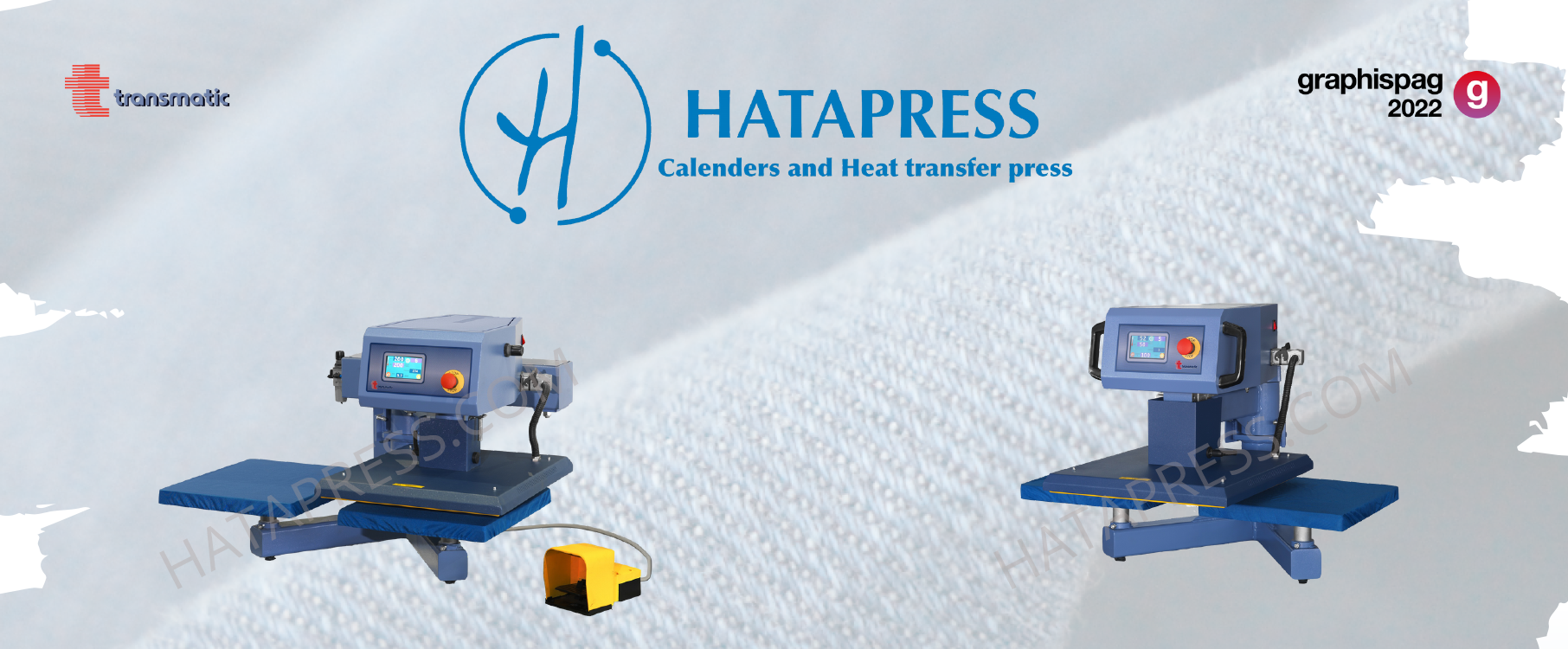Textile printing, in its broadest sense, is facing major challenges as a result of the growing concern for an increasingly sustainable use of materials. This is because the energy resources required for the printing production process are high. Traditional textile printing is estimated to be responsible for 20% of polluted industrial water. Fortunately, digital textile printing, which will be widely exhibited at the next Graphispag, offers countless advantages over traditional printing systems from an environmental point of view.

Image courtesy of Roland DG
The textile industry has long been looking for alternatives to traditional production processes. An example of this is the Scaling Circularity study published at the end of last year by theGlobal Fashion Agenda (GFA), which states that this sector can become 80% circular by 2030 if it increases investment in existing recycling technologies and infrastructures. In addition, changing consumer habits are facilitating recycling or the use of garments created with more sustainable systems. In this respect, digital textile printing has a lot to say compared to other traditional printing techniques.
The main advantages are:
- Reduction of fixed costs associated with traditional methods
- Reduced use of the amount of water needed for the production process
- Less ink is required, as the ink is injected directly onto the fabric
- Possibility to print on demand
- Printing on demand reduces excess production and therefore less waste of materials and resources
- Faster and more precise adaptation of production quantities to market needs
- Easier customisation
Sustainable and efficient printing
It is no longer just a question of printing more and faster. Brands are increasingly aware of the need to do so under sustainability criteria and to seek environmentally friendly formulas and processes without sacrificing efficiency and profitability. It should not be forgotten that part of the advances in digital textile printing have been achieved thanks to the digitalisation of traditional processes, making it possible to produce without the need for minimum quantities, continuously and adapting production to demand, while at the same time improving recycling systems.

Josep Maria Coll, director of the Commercial & Industrial Printing division of Epson
Josep Maria Coll is the head of EPSON Ibérica’s Commercial & Industrial Printing Division. Coll says that Epson’s aim is to develop increasingly sustainable technologies that help improve business efficiency and people’s quality of life: “In the textile sector, we have introduced the development of heatless technology in all our digital printheads, which means significant savings in energy consumption of up to 83% compared to other technologies. “In addition, digitising production processes with textile printing, both thermal transfer and direct to fabric or garment printing, means up to 60% less water consumption,” said the Epson spokesperson. Finally, he makes special mention of the development of the inks, which have all the quality and safety certifications, both for the operators and for the end consumer.
In the textile industry, Roland DG has been a pioneer in the production of sublimation equipment for short-run personalisation and in reducing associated costs such as energy and water consumption. In this regard, Encarna Luque, Senior Product Manager Inks and Business Development Textile and Decoration, recalls that traditional screen and rotary screen printing systems have a very high consumption of energy and water in their processes, factors that are considerably reduced with the digitisation of textile production.

Encarna Luque, Senior Product Manager Inks and Business Development Textile and Decoration Roland DG
Luque explains that Roland DG ‘s textile equipment generally uses water-based dye sublimation inks, which makes it easy to use and minimises risks for the technician, as well as for the environment because it is easy to recycle. “We also have technology that uses water-based pigmented inks for direct printing. Their use minimises energy and water consumption because once printed, the process is completed by drying them, without the need for washing or steaming as with other types of inks,” says Luque in relation to the use of inks. Finally, the Roland DG spokeswoman highlights the trend towards a return to local production through small production sites, partly because transport and fuel costs are making imports more expensive.
Graphispag, a showcase for advances in digital textile printing
Some of the leading brands in the industry, such as Roland DG, Epson and Hatapress, will be attending the show to present some of their new products. We advance some of them:
Epson
The key to its latest additions is the PrecisionCore printhead with up to 12,800 nozzles, for example in the SC-F10000 model, and the combination of three dedicated technologies for superior output control and finishing. In addition, its resin inks are proving successful in creating lightweight signage, with high durability and higher sustainability ratings. The Monna Lisa family has also grown in direct-to-fabric printing, moving from analogue to digital production, at a time when fashion and textiles in general have the opportunity to make a great leap in sustainability. The proposal is that they save water, energy consumption and eliminate the need to use large rollers in production, which are expensive to store and represent a significant waste. In addition, all chemical dye removal and post-washing processes that require the use of scrubbers are also eliminated.

Image courtesy of Roland DG
Roland DG
Roland DG has recently launched the new Texart XT-640S-F. It is specifically designed for short-run printing and requires virtually no set-up and can create designs on garments of different sizes, colours and types in a single run, as well as seamlessly switch between direct-to-garment and fabric printing without the need for additional equipment.

Image courtesy of Hatapress
Hatapress
Hatapress will attend Graphispag with the new line of Transmatic heat transfer presses, an Italian brand of which they are official suppliers in Spain. The Italian sublimation calenders, which use 50% less energy than other calenders on the market, on the one hand, and their new large-format cutting laser, ideal for textiles and non-metallic rigids, on the other hand, are worth mentioning.
Cristina Benavides, Graphispag contributor




